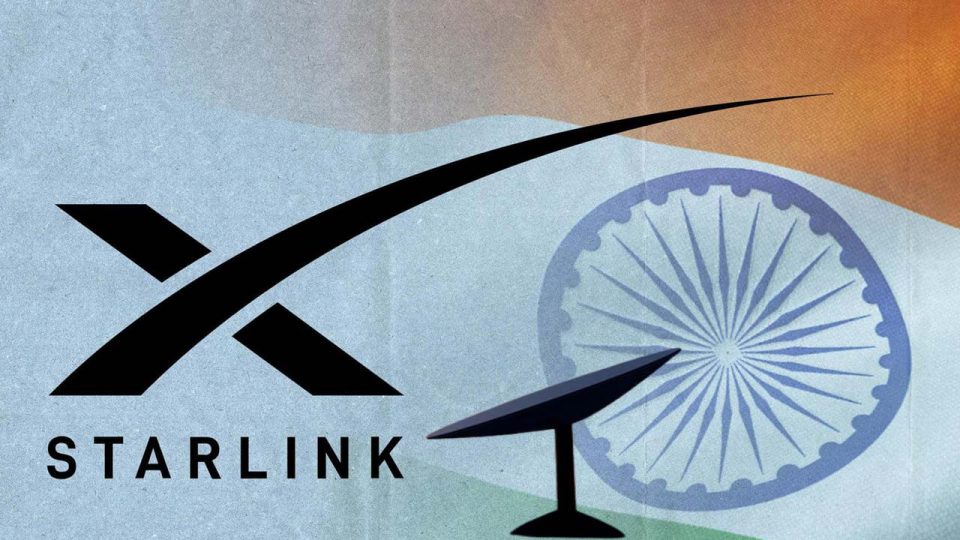Elon Musk’s Starlink Gets Licence to Launch Satellite Internet in India, Promises High-Speed Connectivity in Remote Areas
Elon Musk’s satellite internet venture, Starlink, has officially received the Unified Licence from India’s Department of Telecommunications, marking a major milestone in the country’s digital infrastructure journey. Union Telecom Minister Jyotiraditya Scindia confirmed the development, stating that frameworks for spectrum allocation and gateway establishment are in place, paving the way for a smooth rollout of Starlink services across India. This long-anticipated move, originally initiated in 2021, had faced several delays due to regulatory scrutiny and spectrum allocation challenges. With the official clearance now in hand, Starlink is set to deliver high-speed satellite-powered internet through its low Earth orbit (LEO) satellite network.
The service is expected to complement existing internet providers such as Jio, Airtel, and BSNL rather than compete directly with them, especially in urban areas where traditional telecom infrastructure is already robust. Minister of State for Telecom Pemmasani Chandra Sekhar emphasized that Starlink’s main focus will be to serve rural and remote regions where conventional internet access remains unreliable or nonexistent. To facilitate this, SpaceX is partnering with Indian telecom giants like Jio and Airtel under infrastructure-sharing agreements. These partnerships will allow for the distribution of Starlink hardware—which includes a satellite dish, Wi-Fi router, and mounting equipment—through established telecom channels, improving accessibility and reach.
Pricing details for Starlink’s services in India have also emerged. The Starlink hardware kit is expected to cost approximately ₹33,000, with a monthly subscription of around ₹3,000 for unlimited data. There are also reports of entry-level promotional plans starting at ₹850 per month, which could make the service more affordable for lower-income households and rural users. Expected internet speeds will range from 25 Mbps to 220 Mbps, significantly enhancing digital access in underserved regions. However, in the initial phase, the service will be capped at two million users to manage bandwidth and ensure quality of service.
Starlink’s entry intensifies the growing competition in India’s space-based internet market. Other players like Bharti-backed Eutelsat OneWeb and Reliance Jio’s joint venture with Luxembourg-based SES have also received regulatory approvals but are still awaiting final spectrum allocation to begin commercial operations. With over 65% of India’s rural population lacking stable internet connectivity, according to the IAMAI-Kantar ICUBE Report 2023, the introduction of satellite broadband is seen as a critical tool for bridging the country’s persistent digital divide.
Looking ahead, SpaceX is preparing to launch its next-generation Starlink satellites by 2026, which are expected to offer over 1,000 Gbps of capacity per satellite. This upcoming upgrade could enable download speeds up to ten times faster than what is currently available, making Starlink an even more powerful solution for high-speed internet in areas without fiber or mobile network access. Elon Musk’s broader ambition is to revolutionize internet access in the same way Tesla transformed the electric vehicle market, providing fast, reliable, and accessible broadband for millions.
As the final hurdle of spectrum allocation nears resolution, anticipation builds for Starlink’s official launch in India. With the backing of Indian telecom infrastructure and cutting-edge satellite technology, Starlink is poised to reshape digital connectivity in India, particularly in rural and remote regions where internet access remains a luxury.
For video coverage and the latest updates, visit our YouTube channel THE OLIGO.

